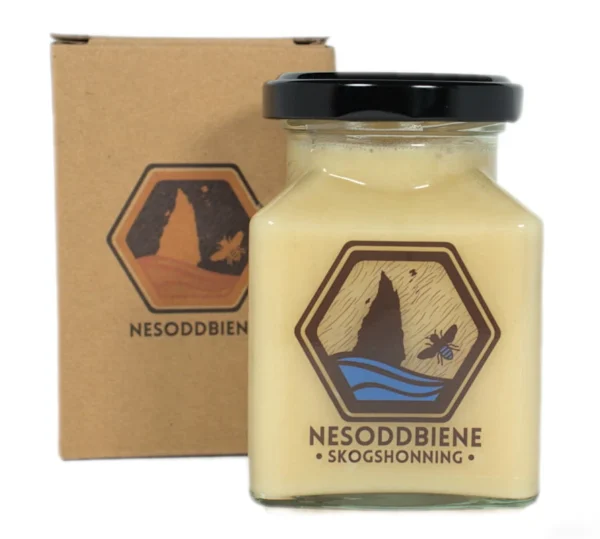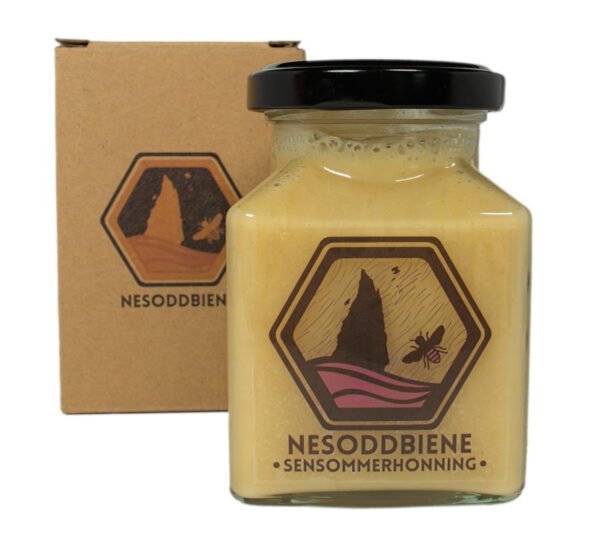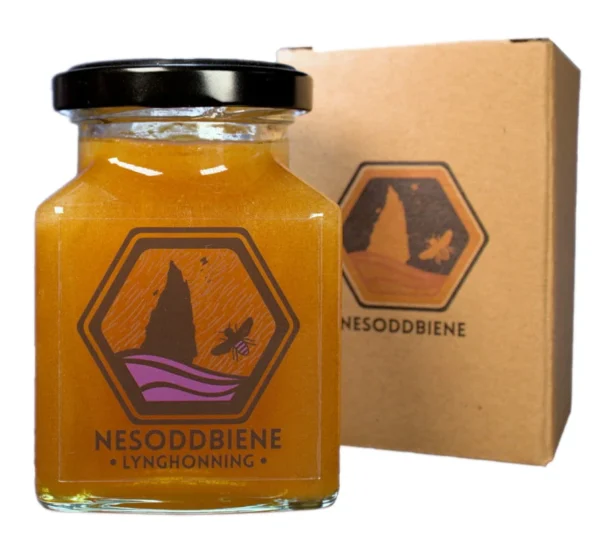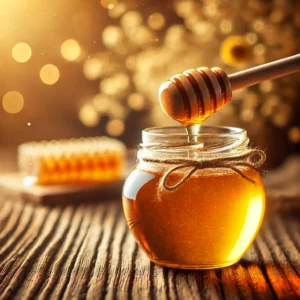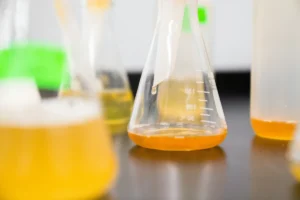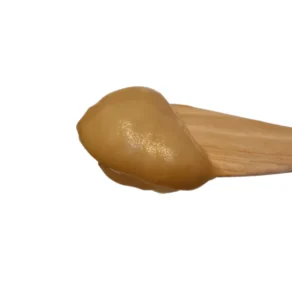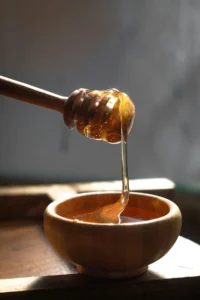Viking Beekeeping: How Norsemen Harvested Honey & Made Mead
Beekeeping in Norway started during the Viking Age (793–1066 CE). It was an important part of Viking culture and played a significant role in their economy, diet, and religious beliefs. They believed that honey had medicinal properties and was an important source of energy.
The Vikings were known for their love of mead, or “mjød” as it is called in Norwegian, a fermented drink made from honey. Traditional mead from the Viking age is made using Ling Heather Honey.
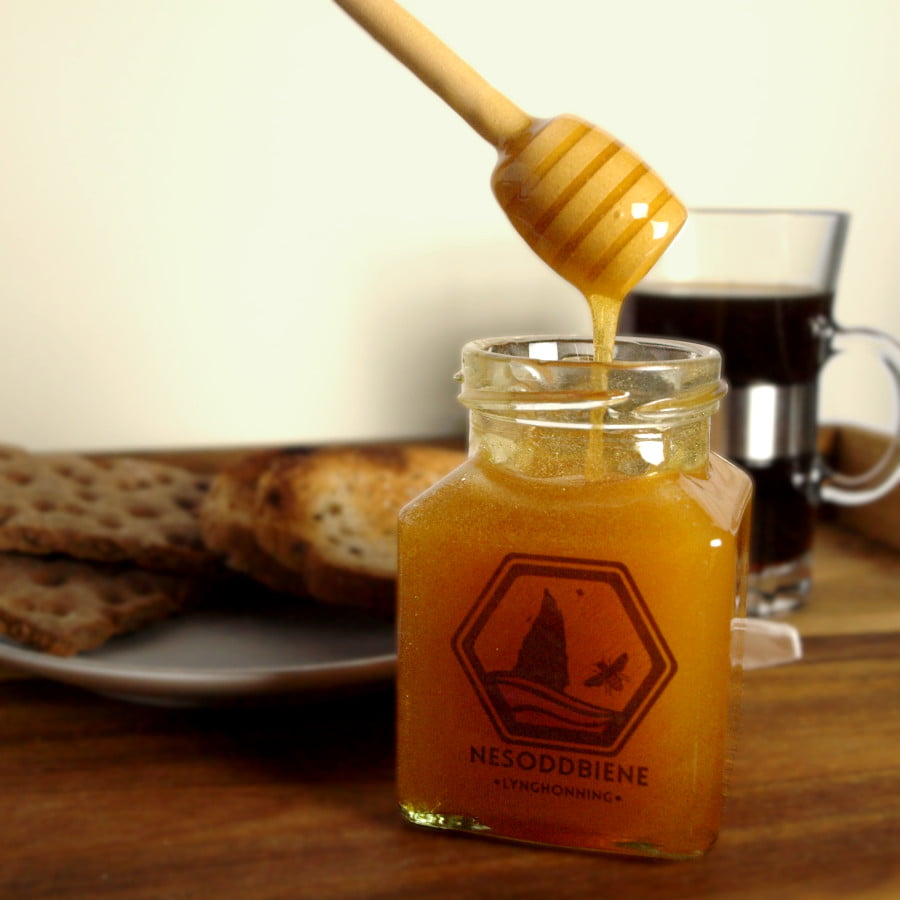
Ling Heather Honey is an exclusive and rare honey, packed with flavours and lots of good stuff. Read more about our own Ling Heather Honey and order it by clicking here.
There aren’t any exact findings that can help determine when beekeeping started in Norway. It is believed that the first honey harvested by the Vikings came from wild bees. Later on it is known that the Norwegian Vikings bought honeybees in Denmark and kept them through the summer. Due to the hard winter months in Norway, most of the bee communities died, and the Norwegian Vikings had to buy new ones from Denmark during the following spring.
The first findings of evidence that the Vikings kept bees, or traded with materials made by the bees, were found in the excavation of the Oseberg Ship. The Oseberg Ships dates to year 800 and is possibly buried as early as 834. In the excavation two blocks of beeswax was found.

From the excavation of the Oseberg ship in the years 1904 and 1905.
Attribution: Viking Ship Museum, Oslo, Norway, Public domain, via Wikimedia Commons
In some old sagas from the 900s you can read about both beeswax and honey being used by the Vikings in Norway.
The oldest finding of bees was done in Oslo during the 1980s. An excavation team found thousands of bees buried in saw dust. This find was dated to be between the years 1175 and 1225.
It is also known that the Vikings, like many other countries of that time, used honey as a currency for trade. They believed that honey had medicinal properties and was an important source of energy.
As the Viking Age progressed, beekeeping became more sophisticated. Archaeological evidence suggests that the Vikings began to keep bees in hives made from hollowed-out logs or pottery vessels. They would place these hives in sheltered areas, such as under eaves or in caves, to protect them from the elements.
The Vikings used protective clothing made from animal hides. They would use smoke using fire and herbs to calm the bees. When the honey was collected, a small portion would be left behind as an offering to the gods, which most likely was very appreciated by the bees.
Beekeeping in Norway from the 1500s to Today – A Timeline
Bishop Jens Nilssøn wrote from a canonical visitation in 1594 about a farmer in Båhuslen (Bohus County, today a part of Sweden) who kept bees. It still wasn’t very common, though it is known that there were several farmers keeping bees at that time.
In 1743 county commissioners throughout the union of Denmark-Norway received 43 questions from the government. Question 10: Are there many bee gardens or similar, and to what advantage are they used? (10: Item bie-hauger og andre saadanne jndretninger, og til hvad fordeel de anvendes).
Some commissioners answered as well as they possibly could, but some couldn’t be bothered and answered randomly to several of the questions. From the answers you can read that people were keeping bees in the area around the Oslofjord. It is known that keeping bees happened elsewhere in Norway as well, but due to how some of the commissioners answered the survey, we cannot say how widespread it was .
Towards the late 1700s you can find reports about beekeeping several places from the Oslofjord area towards the southernmost tip of Norway.
During the 1800s several farmers started keeping bees. Partly due to the wish to try new methods within agriculture, but also because the equipment used to keep bees became more sophisticated. The new equipment and the new beehives containing removable frames made it easier to keep bees and at the same time maintain the wellbeing of the bees.

Introduction of removeable frames had a huge impact on beekeeping and wellbeing for the bees.
In 1809 The Royal Norwegian Society for Development (“Det Kongelige Selskap for Norges Vel”) was founded and they started the work of promoting beekeeping. In 1884 The Norwegian Beekeepers Union (“Den norske biavlsforening” today “Norges Birøkterlag”) was founded which led to an increase of beekeepers. In a book about beekeeping by Norvald Ones, you can read that there were 17 129 beehives in Norway in 1890 and 39 803 in 1939.
World War Two
World War Two made beekeeping hard. Norway was occupied by the Nazis and food was scarce and rationed. For the long winters the bees needed sugar to survive, but families were only allowed a small amount of sugar during the years. Beekeepers were given an exception most of the years, but it only covered half of what the bees would need for the winter.
Our Honey
$16.08 – $24.74Price range: $16.08 through $24.74
$19.31 – $29.71Price range: $19.31 through $29.71
Today
Today Norway has about 5 000 beekeepers producing around 1 300 tons of honey each year. We still use the same kind of beehives as they did a 100 years ago. Extracting techniques are slightly developed, but they are still founded on the same principal as back in time. Knowledge of the bees are continuously developing, mostly because the world and environment is changing. Though, Norwegian beekeepers will always try to establish their apiaries close to wild flowers and nature. Lastly, and possibly most importantly, the respect and love for the bees are still with us. We love the bees for what they are doing – pollinating the nature and providing us with sweet, delicious honey.
From Viking honey to modern raw honey, Norway’s beekeeping tradition is alive and well. Want to taste history? Explore our pure Norwegian honey today!"


